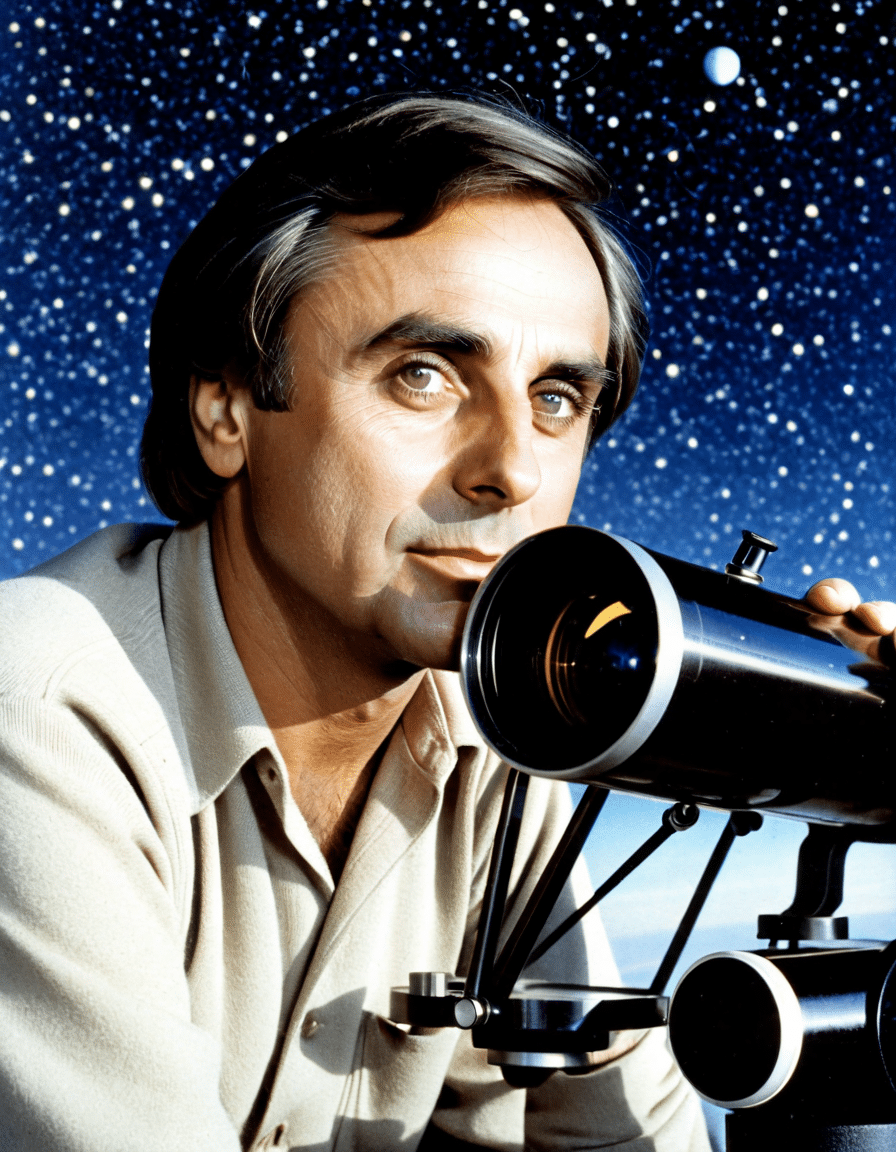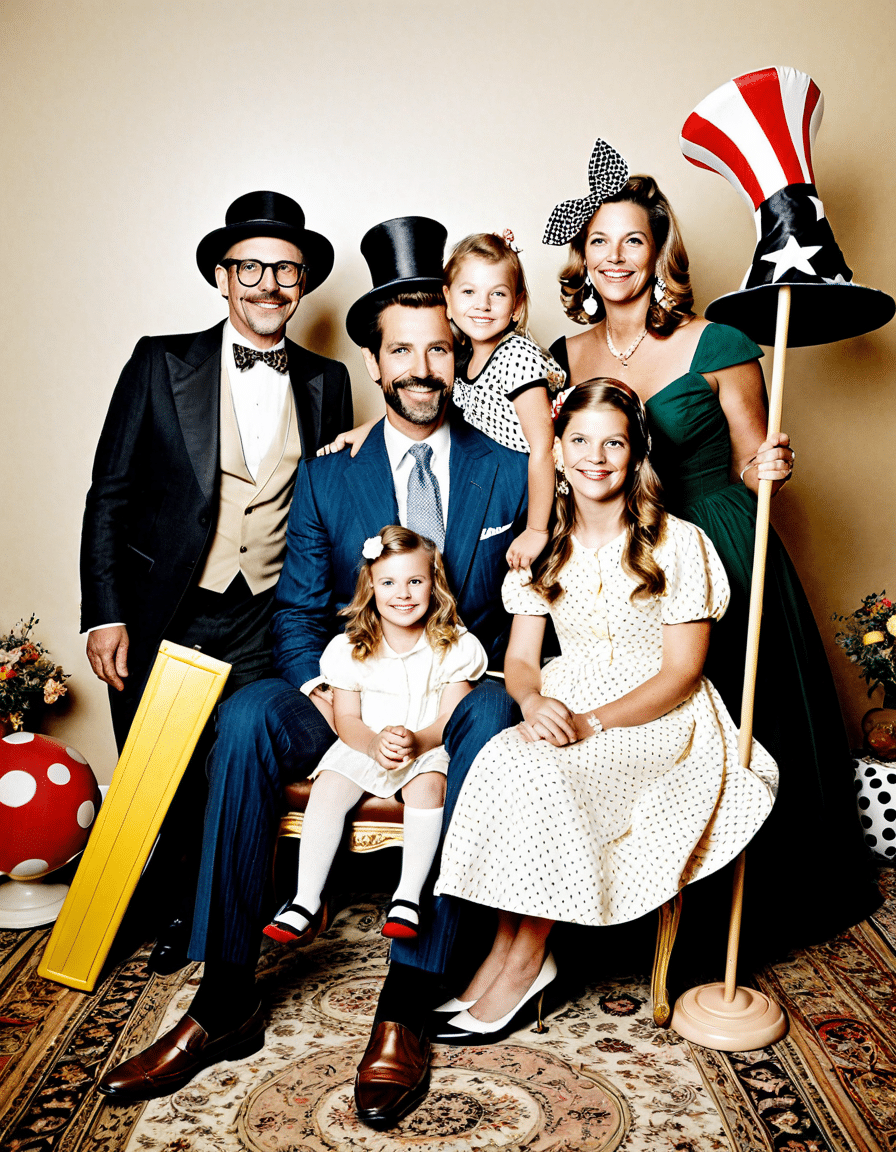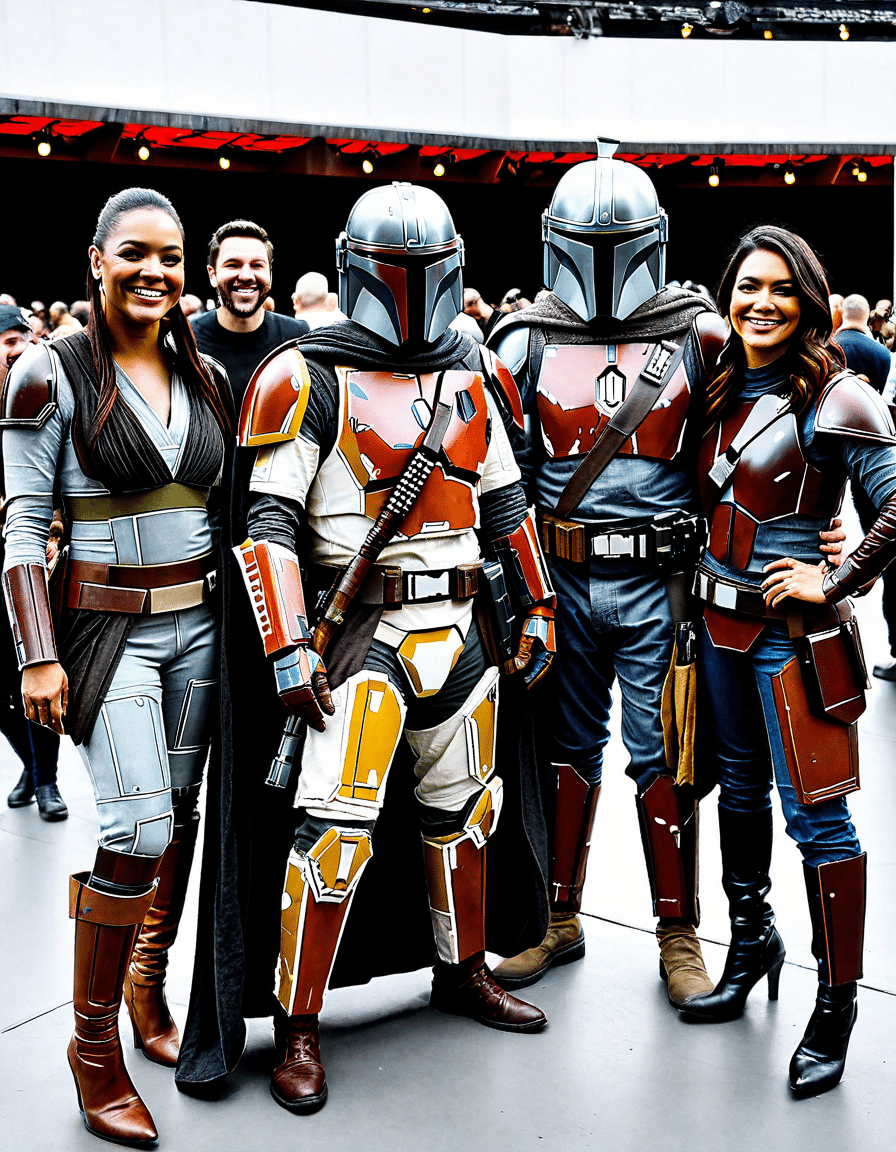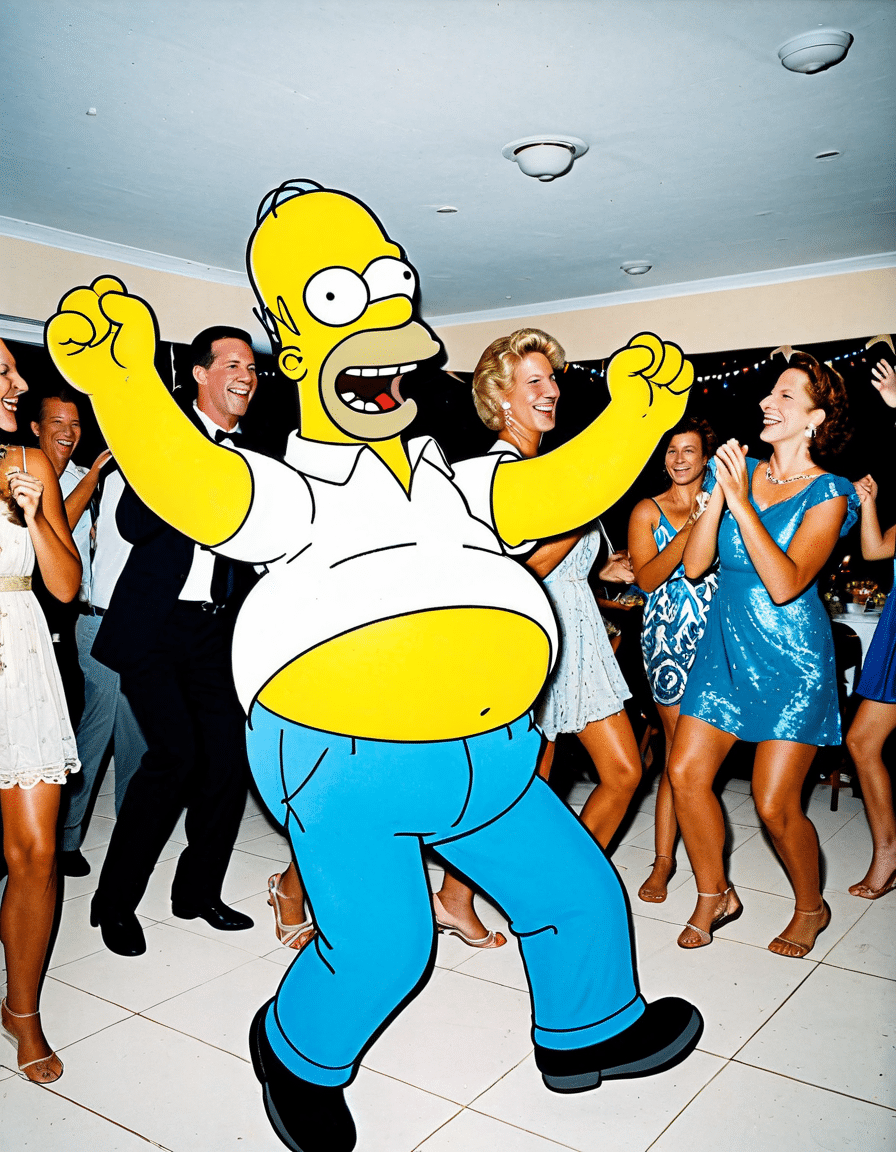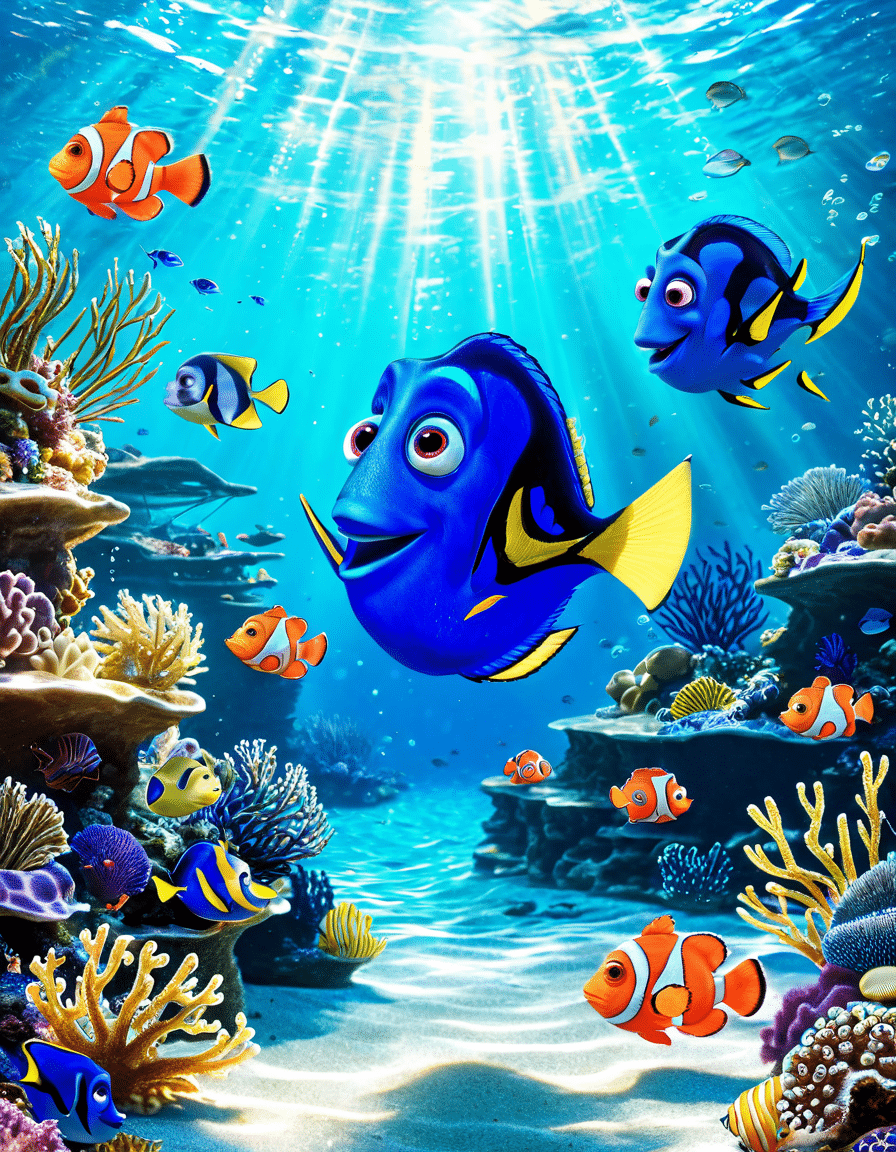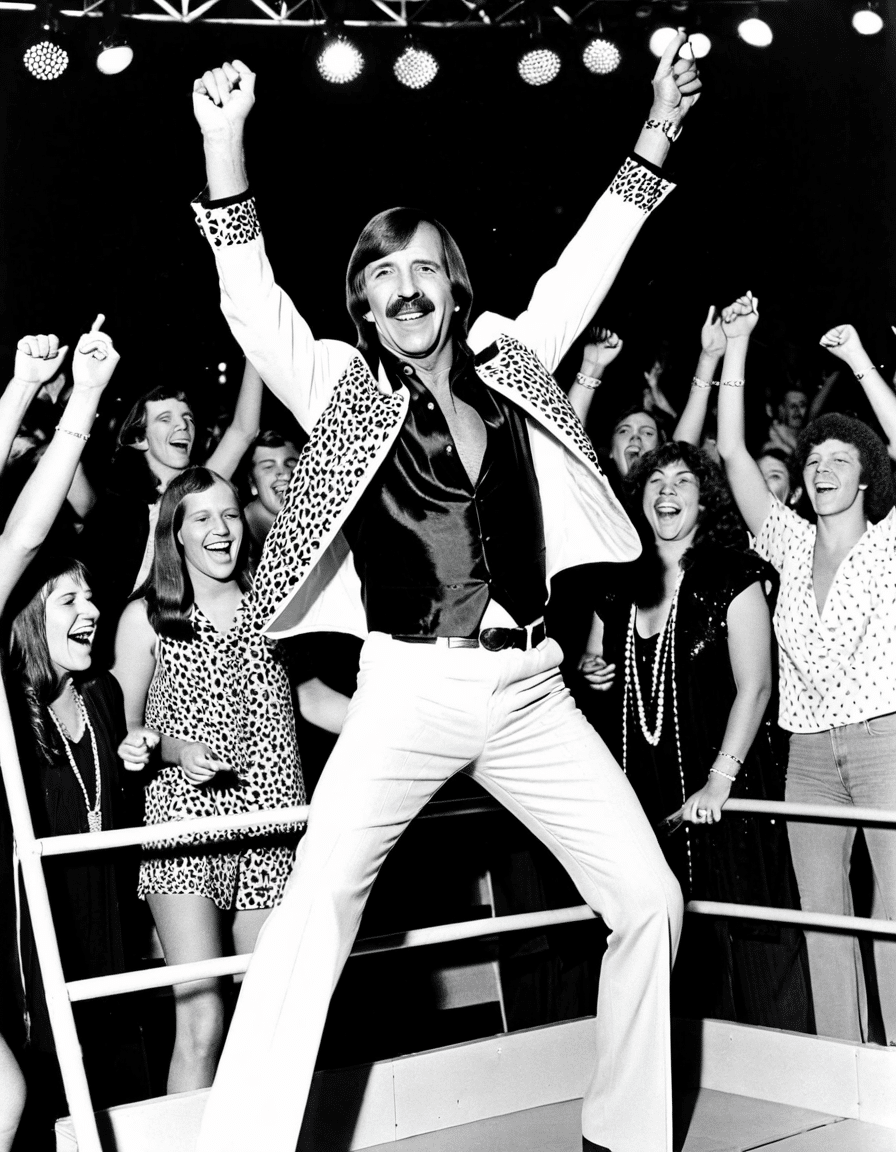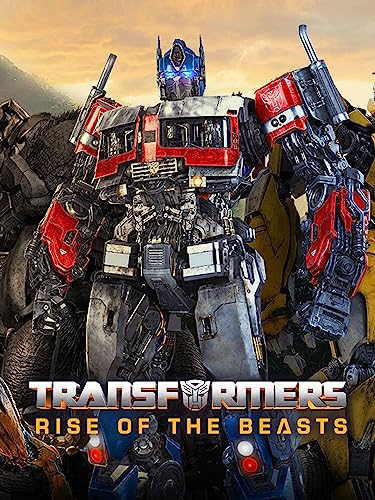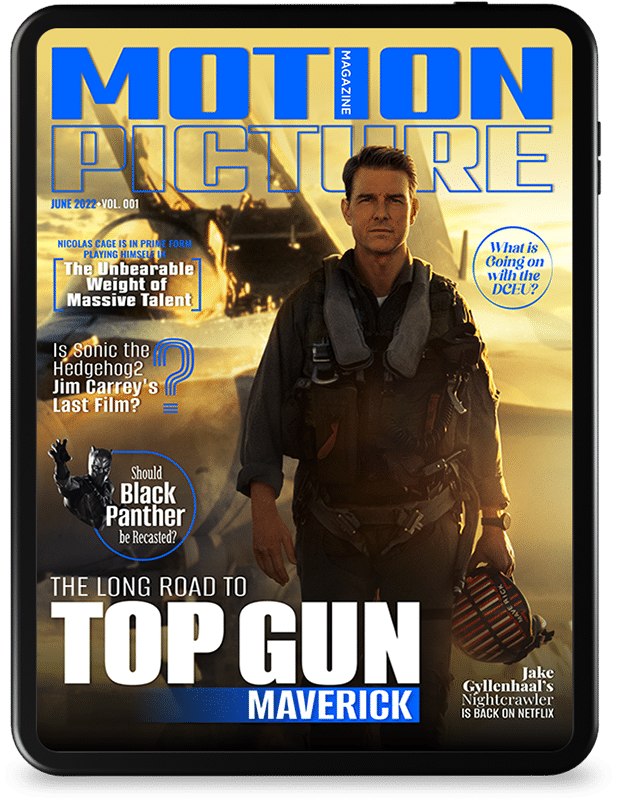Carl Sagan wasn’t just a scientist; he was a beacon of enthusiasm for the cosmos, lighting the way for millions to explore and appreciate the universe. Growing up in the late sixties and seventies, many of us gazed up at the night sky, wondering about the stars, planets, and everything in between, thanks in part to Sagan’s deep passion for astronomy and science communication. His talent for breaking down complex ideas into digestible morsels made science not only fascinating but accessible to everyday folks. So, grab your favorite snack and let’s dive into how Carl Sagan made a splash in the scientific pool.
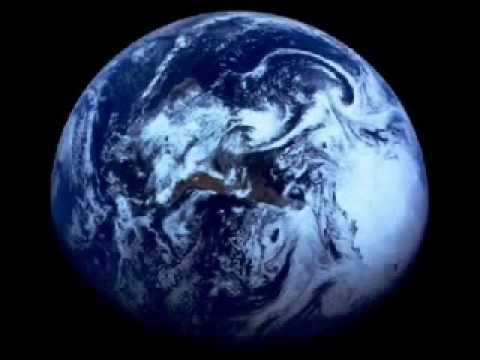
How Carl Sagan Revolutionized Astronomy and Popularized Science
Sagan wasn’t just about the science; he infused his work with a sense of marvel and curiosity that made our place in the universe feel both vast and intimate. His years as an astronomer laid a foundation for a public understanding of space that had previously been monopolized by textbooks and lectures. Through his engaging style of storytelling, he brought the cosmos into our living rooms and rural backyards, connecting us with the wonders above.
His zeal for exploration was infectious. Can you recall the moment you watched “Cosmos: A Personal Journey”? Sagan’s captivating narrations paired with stunning visuals painted a universe where anything seemed possible. In moments both tender and comedic, he included anecdotal tales that made even the toughest scientific concepts feel like a page-turner. You could almost imagine being alongside him on a stellar road trip, stopping at fascinating cosmic sights!
Remember those iconic moments when Sagan reminded us of our shared humanity? He taught us to marvel at the universe while not dismissing our role in it, raising questions about our responsibilities toward the Earth. His ability to weave complex ideas with humor meant we learned while laughing, a rare and valuable combo you don’t often find in a back-to-school supply kit.

Top 5 Groundbreaking Contributions of Carl Sagan to Space Science
When Sagan released “Cosmos” in 1980, it was a game-changer. Reaching over 500 million viewers, it became one of the most-watched series ever! Who wouldn’t want to sit down with a bowl of popcorn to watch mind-bending animations of galaxies and, oh, maybe a few cheeky explanations about the phases of the moon? Sagan’s storytelling turned science into a spectacle, igniting a spark of curiosity in audiences everywhere.
Sagan played a crucial role in the preparation of the Golden Record, which Voyager 1 and 2 took on their journeys through the solar system. Picture this: a time capsule of Earth, filled with music ranging from Beethoven to Björk – yes, even the Icelandic sensation herself! It wasn’t just a record; it was a compassionate gesture to whatever alien life might come across it. Talk about some interstellar diplomacy!
Known for his unwavering belief in life beyond our little blue planet, Sagan championed the Search for Extraterrestrial Intelligence (SETI). He made the case that we are not alone and actively sought out aliens, which sparked initiatives still shaping our search today! Whether through sending signals into space or analyzing radio waves, Sagan’s passion has fanned the flames of inquiry for generations.
Sagan didn’t just have a knack for writing; he was a maestro of communication. He challenged pseudoscience and emphasized critical thinking, laying the groundwork for today’s science communicators. Whether it’s Bill Nye’s infectious enthusiasm or Neil deGrasse Tyson’s charisma, their foundations echo Sagan’s methods. It’s like he handed down a baton for engaging and enlightening the masses.
Sagan’s influence didn’t stop with academia or television. Think of how artists like Linkin Park and Ritchie Valens reference cosmic themes in their work. His iconic quote, “We are made of star-stuff,” resonates through pop culture, reminding us of our connection to the universe. Modern creators draw inspiration from his writings, illustrating the deep link between art and science through their creative lenses.
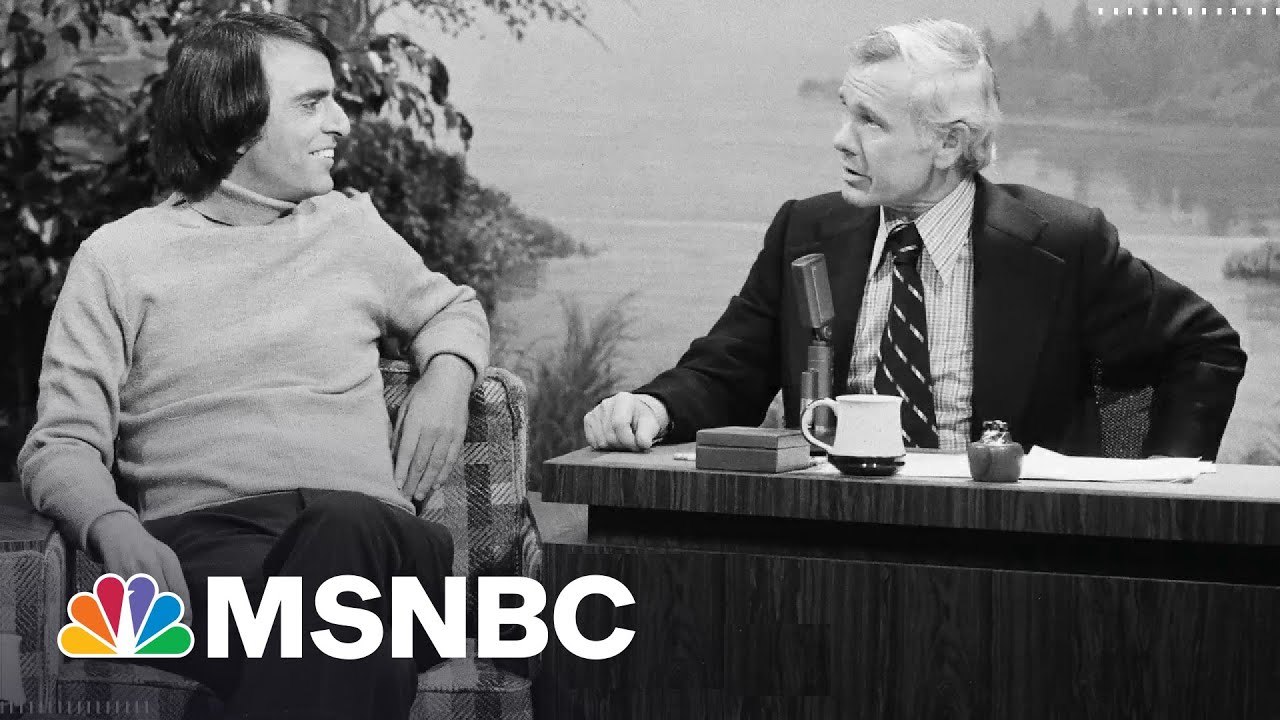
Carl Sagan’s Ongoing Impact in Modern Space Exploration
Fast forward to 2026, and Sagan’s legacy is at the forefront of current space exploration. With missions like the Mars Perseverance Rover analyzing terrain and exploring the potential for life, we’re continuing the journey he started decades ago. Sagan’s philosophy of looking beyond our earthly concerns is echoed in these ambitious scientific missions, reminding us that we share the universe with more than just our own kind.
His famous Pale Blue Dot description, where he depicted Earth from afar as a fragile, isolated speck in the vast cosmos, rings truer than ever. Every time a rover sends back stunning images from Mars, we hear Sagan’s echoes urging us to explore not for conquest, but for understanding and connection.
Moreover, initiatives like the commitment to return humans to the moon and even colonizing Mars show that the spirit of inquiry Sagan ignited is alive and well. Who knows? Maybe someday, we’ll hear The Princess bride book read by an intergalactic librarian!
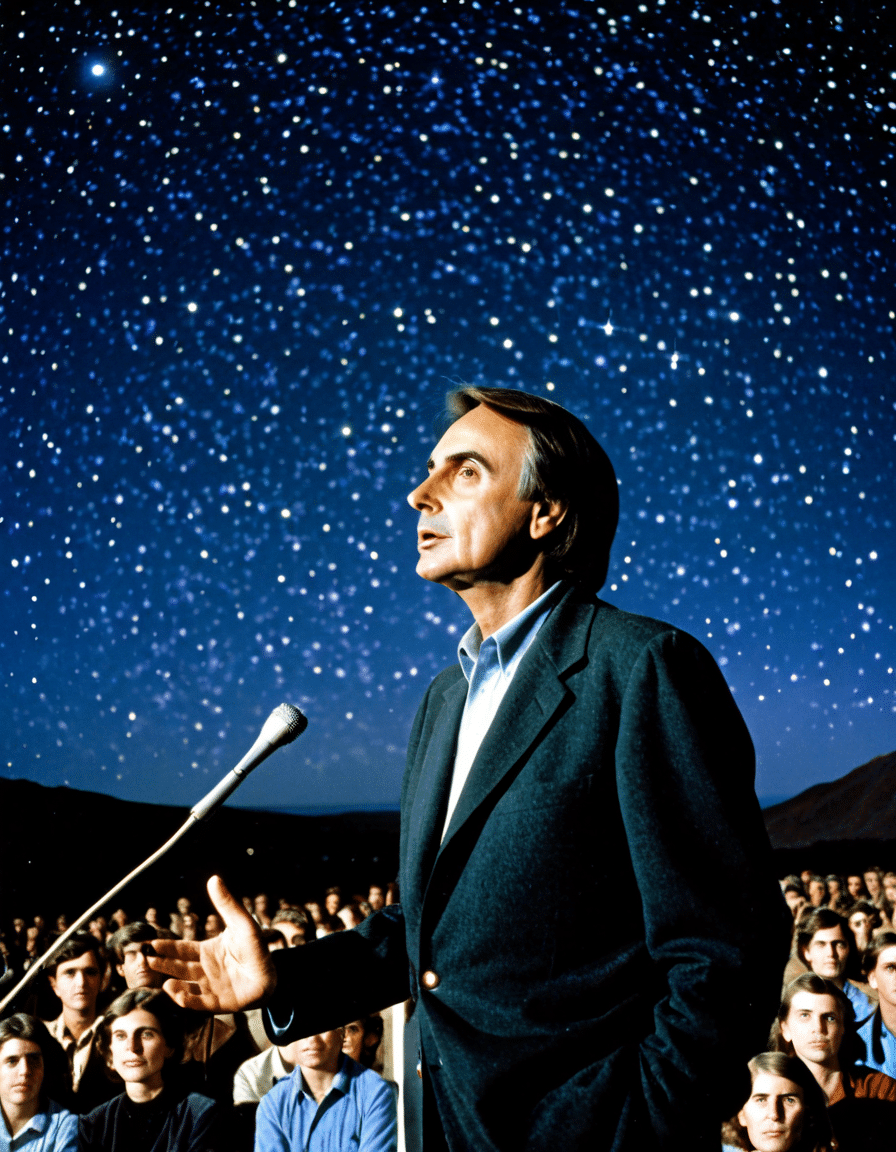
Carl Sagan’s Enduring Influence on Science Communication
In a time when misinformation can spread like wildfire, Sagan set a benchmark for clarity in science communication. He cultivated a language that was straightforward and relatable, ensuring his insights didn’t just enter the scientific elite; they entered our hearts and homes. It’s this brand of communication that inspires today’s science advocates, who aim to combat the noise and confusion prevalent in our media landscape.
Artists like Sammy Hagar and Hakeem Olajuwon remind us that regardless of our vocation, clarity, resonance, and connection matter in delivering complex themes. Each of Sagan’s contributions reinforces the notion that science is not just the job of scientists—it’s a communal endeavor, and the cosmos is our shared marvel.

Reflecting on the Universal Questions Posed by Carl Sagan
Through his body of work, Sagan raised essential questions that linger in our minds: Are we alone in the universe? What lies ahead for humanity? These aren’t merely academic inquiries; they challenge us to think about life itself. His musings encourage us to reflect on our shared humanity, leading discussions around critical issues, from climate change to the ethical implications of biotechnology.
In these discussions, we engage not only as academics but as people—all grappling with our existence in a seemingly indifferent universe. It’s a cosmic dilemma that makes us ponder our responsibilities toward Earth and each other.
Innovative Wrap-Up
In the tapestry of science, Carl Sagan threads a unique narrative about our role in the universe and our fascination with the great unknown. As we embark on new space missions and face global challenges, Sagan’s words resonate, urging us to explore not just for knowledge but for connection. From his groundbreaking work to his philosophical inquiries, every layer of his legacy invites future generations to be explorers, dreamers, and responsible stewards of our cosmic home.
So, the next time you look up at the stars or hear a tune by Linkin Park, remember the man who inspired a generation to wonder and reach beyond the stars. If you’re planning a road trip or simply want to explore new ideas, you’re always welcome to grab your backpack and join the cosmic rendezvous. And who knows? The stars just might align for you!
Carl Sagan: The Legendary Scientist Who Changed Our View of Space
A Cosmic Visionary
Carl Sagan wasn’t just a scientist; he was a dreamer who made space accessible to everyone. With his famous phrase “billions and billions,” he captured the imagination of millions. Did you know Sagan was instrumental in popularizing the idea of extraterrestrial life? He played a significant role in the Golden Record project, which aimed to send a message about humanity out into space. Imagine aliens popping in a vinyl and jamming to some Bach! It’s a bit like the quirky charm of shows like Drake And Josh, where every episode is a wild adventure—themes of friendship and discovery echo throughout.
Now, let’s dive into some fun trivia! Did you know Sagan was an accomplished author? He penned over 20 books, including the beloved Cosmos, which sold millions of copies worldwide. Not to be outdone, he even contributed to the screenplay for Murder on The Orient express, showcasing his diverse talents. Sagan’s excitement for the stars was contagious, inspiring future generations to look beyond our planet, just as we find ourselves glued to captivating stories like Hello Neighbor.
An Advocate for Science
But Sagan wasn’t just a man of the stars; he was also a fierce advocate for scientific literacy. He often highlighted the importance of critical thinking in a world full of misinformation. This commitment to truth resonates with those exploring intense topics like acute stress disorder, emphasizing the need for research-based understanding. Sagan believed that through knowledge, we could empower ourselves, as reflected in the enthusiasm of outdoor adventurers seeking the right backpacking Backpacks to explore the great unknown.
Sagan’s passion for exploration didn’t just end with our solar system. He co-founded the Planetary Society, aimed at promoting space science and exploration worldwide. This grassroots approach harkens back to how communities come together, much like Miguel Varonis efforts in film, supporting underrepresented narratives. Truly, Carl Sagan had a knack for making the cosmos feel like home, inviting us all to join in the adventure of discovery.
